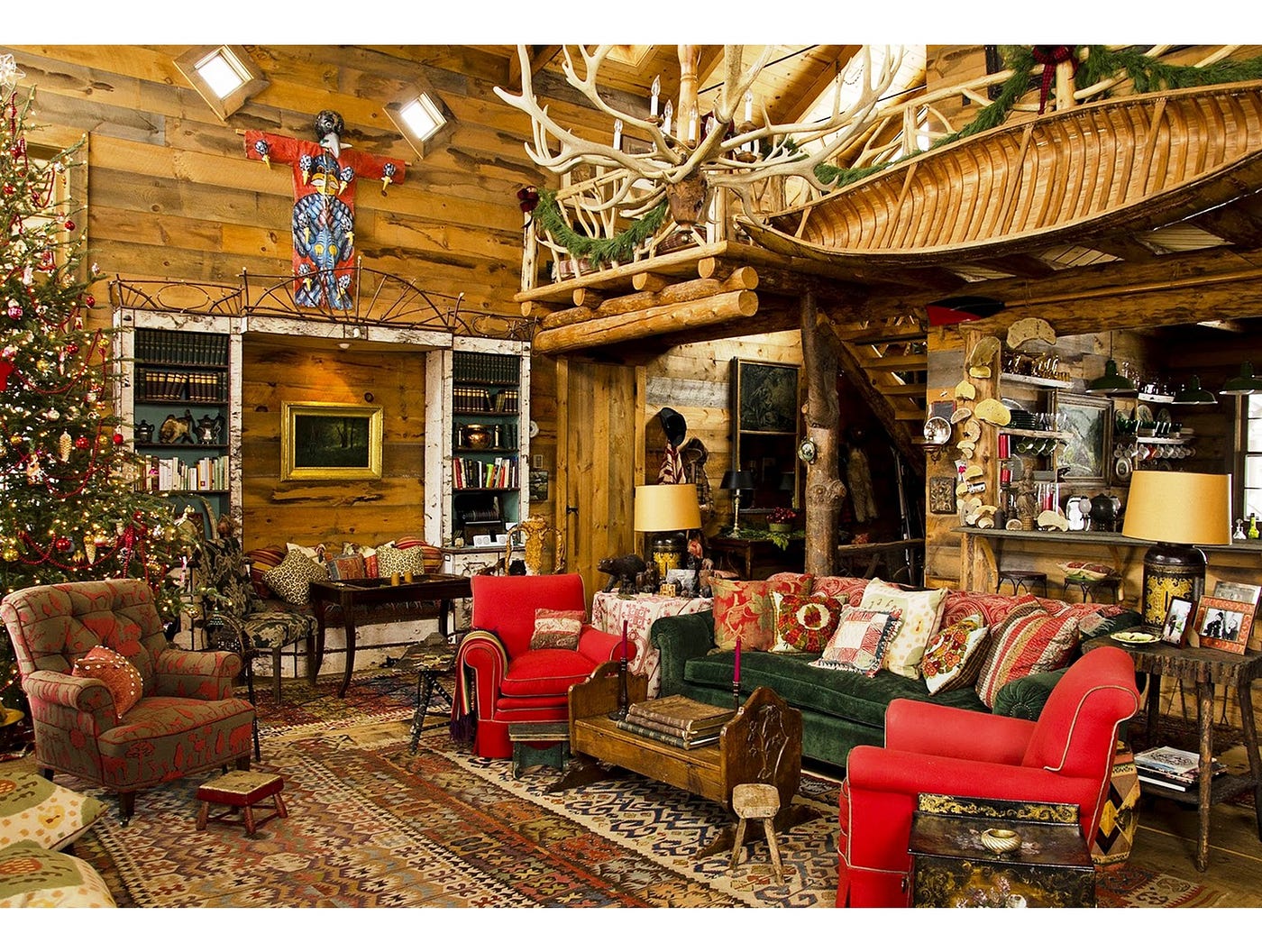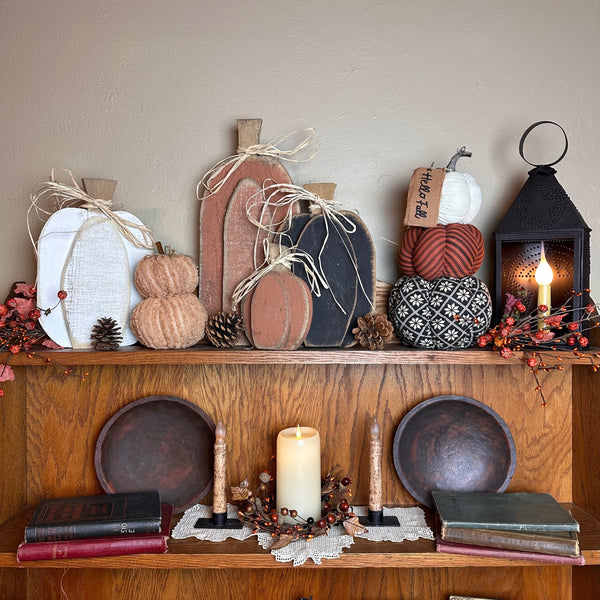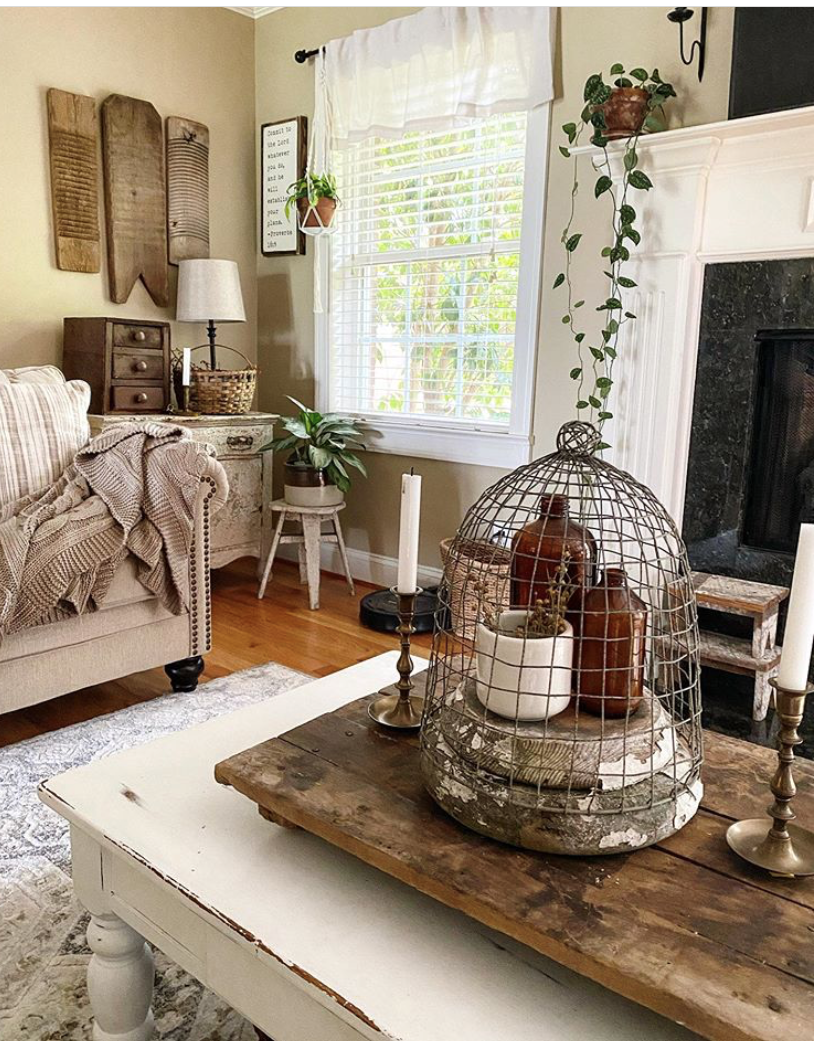When it comes to creating a cozy and inviting atmosphere in your home, the living room often takes center stage. As someone who has dabbled in various decor styles over the years, I can confidently say that primitive living room decor brings a unique charm that transforms a house into a home. In this article, we’ll dive deep into what defines primitive decor, share some personal experiences, and provide practical tips to help you embrace this beautiful style.
Understanding Primitive Living Room Decor
Primitive living room decor is all about simplicity, authenticity, and a connection to nature. This style reflects a time when life was simpler, and decor items were often handcrafted using natural materials. Let’s explore some key elements of primitive decor.
Key Features of Primitive Decor
- Natural Materials: Wood, stone, and metal are staples in primitive decor.
- Neutral Color Palette: Think browns, greens, and muted tones that evoke earthy vibes.
- Handcrafted Items: Furniture and decor are often handmade, giving a personal touch.
- Functional Aesthetics: Items are designed not just for looks but also to serve a purpose.
Personal Reflection
When I first started decorating my living room in a primitive style, I was drawn to the warmth it exuded. My favorite pieces include an old wooden rocking chair inherited from my grandparents and a collection of handmade pottery that tells stories of their origins. Each item holds sentimental value and instantly adds character to the room.
Elements to Incorporate in Primitive Living Room Decor
Now that we understand the essence of primitive decor, let’s break down the elements you can incorporate into your living room.
1. Furniture Choices
Choosing the right furniture is crucial for achieving a primitive look. Here are some options to consider:
| Type of Furniture | Pros | Cons |
|---|---|---|
| Reclaimed Wood Sofa | Eco-friendly, unique grains | Can be more expensive |
| Rustic Coffee Table | Sturdy, adds character | Heavy, may require extra effort to move |
| Woven Baskets | Great storage, natural look | Can wear over time |

2. Textiles and Fabrics
Textiles play a significant role in primitive decor. Choose fabrics that reflect a rustic aesthetic:
- Burlap: Perfect for curtains, table runners, or throw pillows.
- Wool: Great for throw blankets that add warmth.
- Checkered Patterns: Classic designs can enhance a farmhouse vibe.
3. Wall Decor
Wall decor can greatly influence the ambiance of your living room. Here are some ideas:
- Framed Artwork: Opt for landscapes or vintage prints.
- Handmade Wall Hangings: Macramé or woven textiles offer texture.
- Rustic Shelving: Display your favorite decor items or books on wooden shelves.

DIY Ideas for Primitive Living Room Decor
One of my favorite aspects of primitive decor is the opportunity to get creative. Here are some DIY projects that you can tackle.
1. Create Your Own Wall Art
Using reclaimed wood, you can create stunning wall art. Simply cut the wood into various lengths, paint or stain them in earthy hues, and arrange them in a pattern on the wall.

2. Upcycle Furniture
Before you think of discarding old furniture, consider upcycling it. A quick DIY project can involve distressing a wooden chair or table using sandpaper, and adding a coat of chalk paint can give it a rustic finish.
Color Schemes for Primitive Living Room Decor
Choosing the right color palette is essential in bringing the primitive aesthetic to life. Here’s a rundown of suitable color schemes:

1. Earthy Tones
Using shades of browns, greens, and deep reds creates a warm and inviting atmosphere.
2. Neutral Palette
Soft beiges, whites, and grays can serve as a backdrop, allowing natural wood tones to stand out.

3. Accent Colors
If you prefer some vibrancy, consider adding accents in muted colors like mustard yellow or muted blue to break up the neutral tones.
Lighting for Your Primitive Living Room
Lighting is a vital component in setting the mood of your living room. Here are some lighting options to consider:

1. Chandeliers
Choose a wrought iron chandelier with an antique finish to serve as a focal point.
2. Table Lamps
Opt for lamps with burlap shades or made from reclaimed materials to enhance the rustic feel.
3. Candles
Utilize candles in mason jars or lanterns for a warm and cozy glow, especially during evenings.
Pros and Cons of Primitive Living Room Decor
Like any decor style, primitive living room decor has its advantages and disadvantages.
Pros
- Creates a warm and inviting space
- Focuses on sustainability and natural materials
- Allows for personalization and creativity
Cons
- Can be challenging to find authentic pieces
- May require a more significant initial investment
- Not suitable for modern or minimalistic tastes
Frequently Asked Questions (FAQs)
What is primitive living room decor?
Primitive living room decor is defined by its use of natural materials, handcrafted items, and a focus on simplicity. It emphasizes rustic charm and a connection to the past.
How can I create a primitive look on a budget?
Consider upcycling furniture, visiting thrift stores for unique pieces, and utilizing DIY projects to create decor items that reflect the primitive style without breaking the bank.
What colors are best for primitive decor?
Earthy tones, neutral palettes, and muted accent colors work best to create a warm and inviting primitive atmosphere.
Can I mix primitive decor with other styles?
Absolutely! Primitive decor can blend beautifully with modern farmhouse, country, or even industrial styles, creating a unique and personalized space.
Conclusion
Embracing primitive living room decor is a delightful journey that connects us to simpler times while infusing our spaces with warmth and authenticity. Personal touches, handcrafted pieces, and natural materials come together to create a cozy sanctuary that tells a story. I encourage you to take inspiration from this article, incorporate your own elements, and enjoy the transformative power of primitive decor in your living room.